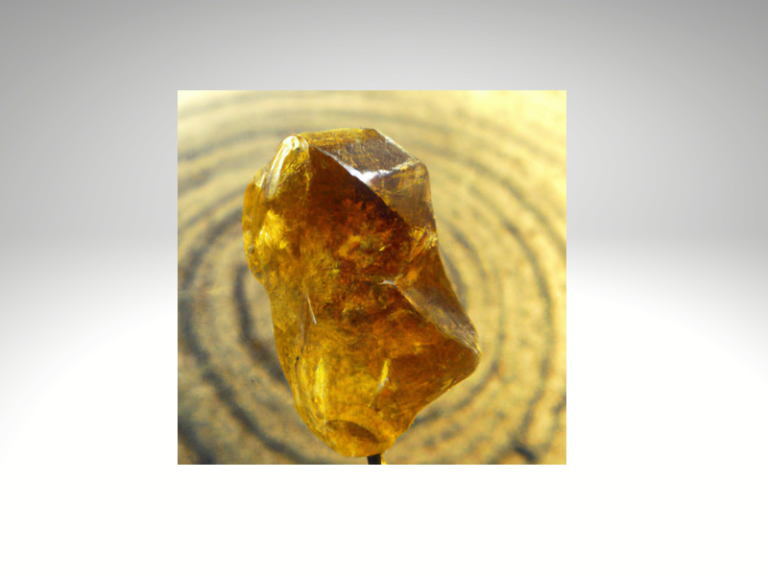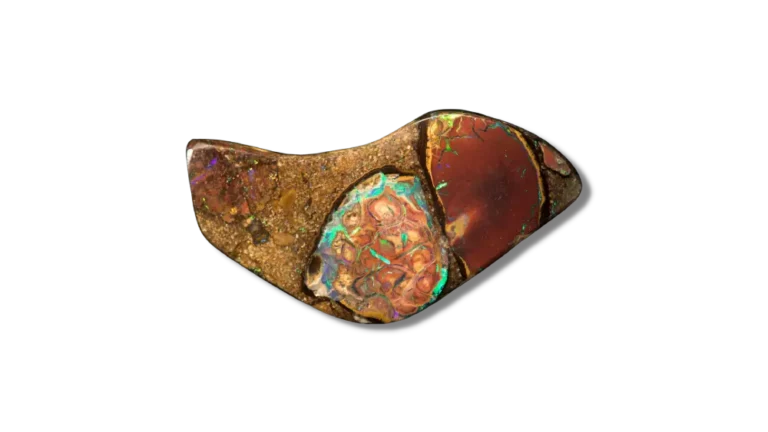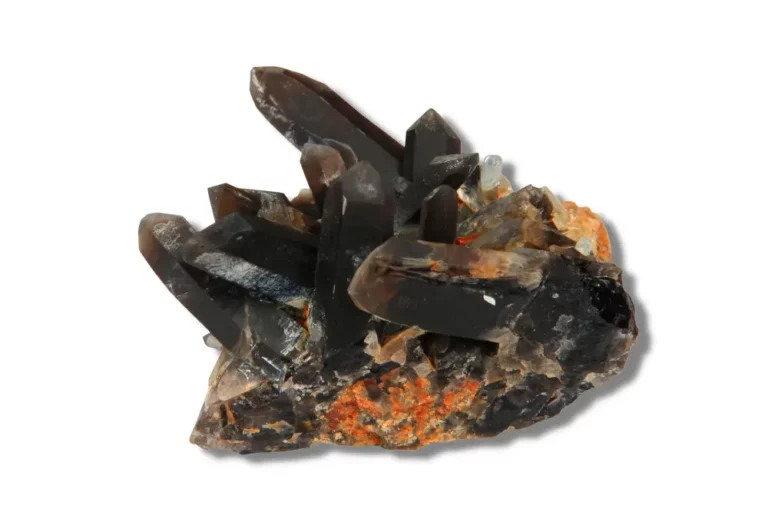South Sea Pearls: Properties, Benefits & Meanings
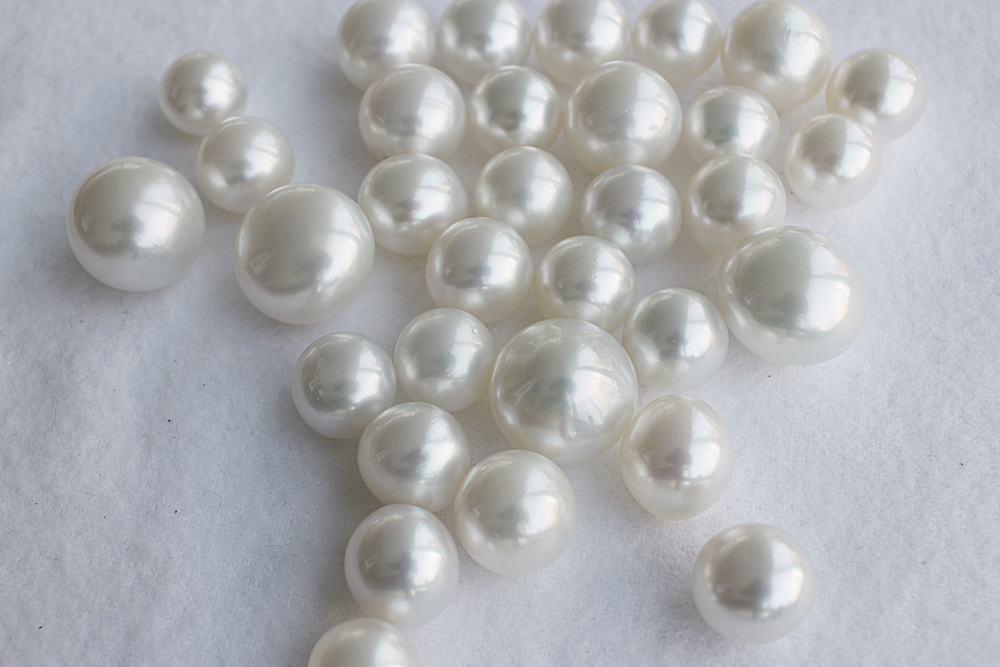
South Sea Pearl Overview
South Sea pearls are one of the world’s most stunning and unique gems. They are harvested from the world’s largest oysters, found in the waters of the South Pacific. South Sea pearls are renowned for their exceptional size, exquisite luster, and stunning natural colors, making them highly sought-after by jewelry enthusiasts and collectors.
These rare gems have been treasured for centuries, and their popularity shows no signs of waning. From their natural beauty to their numerous benefits, there are many reasons to love and appreciate South Sea pearls. In this blog post, we’ll explore the properties, uses, and meanings of South Sea pearls so that you can learn more about these exceptional gems.
What are South Sea Pearls?
South Sea pearls are large, naturally occurring pearls harvested from the world’s largest oysters and are primarily found in the waters of the South Pacific. These pearls are formed when a small irritant, such as a grain of sand or a piece of shell, enters the oyster’s shell and triggers the secretion of nacre. This lustrous substance gradually forms into a pearl over time.
South Sea pearls are renowned for their size, luster, and natural colors, ranging from creamy white and golden yellow to deep gold and silver. They are typically larger than other pearls, with diameters ranging from 9 to 20 millimeters. They are often used to create high-end jewelry and other luxury items. South Sea pearls are considered some of the most valuable pearls in the world.
How are South Sea Pearls Formed?
South Sea pearls are formed when a foreign object, such as a grain of sand or a piece of shell, enters the shell of a Pinctada maxima oyster. This type of oyster is one of the largest in the world and is primarily found in the warm waters of the South Pacific. When an irritant enters the oyster’s shell, it responds by coating it with a substance called nacre, composed of microscopic layers of calcium carbonate. Over time, the oyster secretes a nacre around the foreign object, gradually forming a pearl.
The formation of a South Sea pearl can take several years as the oyster slowly deposits layer after layer of nacre around the irritant. Freshwater Pearls and Tahitian Pearls are also formed through a process called pearl farming.
The quality and size of the pearl depend on several factors, including the size of the irritant, the oyster’s age and health, and the quality of the water in which the oyster lives.
Physical Properties
| Size | Around 8 mm to over 20 mm |
| Surface | Clean and smooth to highly textured with visible blemishes |
| Shape | Round, oval, teardrop, or baroque (irregular) |
| Color | White, cream, silver and golden with various overtones |
| Hardness (Mohs scale) | 2.5 to 4.5 |
| Refractive Index | 1.52 to 1.69 |
| Fracture | Brittle fracture and can easily chip or crack |
| Luster | Deep, satiny luster |
| Specific Gravity | 2.7 to 2.8 |
| Transparency | Translucent |
Etymology
The term “South Sea pearls” is thought to have originated from the fact that these pearls are primarily harvested from oysters found in the warm, shallow waters of the South Pacific, particularly in the areas around Australia, Indonesia, and the Philippines.
The “South Sea” refers to the region of the South Pacific where these pearls are commonly found, and the term has become synonymous with large, lustrous, and rare pearls.

South Sea Pearls Characteristics
South Sea pearls are known for their unique characteristics that set them apart from other pearls. Here are some of the key characteristics of South Sea pearls:
- Size: South Sea pearls are some of the world’s largest pearls, with diameters ranging from 9 to 20 millimeters or more. The larger size of these pearls is due to the size of the Pinctada maxima oyster, which is the largest type of oyster used in pearl cultivation.
- Luster: They have a distinctive, bright luster that gives them a soft, almost glowing appearance. This is due to the thickness and quality of the nacre layer that covers the pearl.
- Color: These pearls come in various natural colors, including creamy white, golden yellow, and deep gold. The color of a South Sea pearl depends on several factors, including the type of oyster it comes from, the quality of the water it grows in, and the age and health of the oyster.
- Surface: The pearls can have a smooth, flawless surface or natural imperfections and irregularities that give them character and charm.
- Shape: South Sea pearls can be round, oval, teardrop-shaped, or irregular. The most valuable pearls tend to have a symmetrical and uniform shape.
- Rarity: These pearls are rare and highly valued due to their size, luster, and natural beauty. The cultivation process is delicate and time-consuming, making them even more rare and valuable.
South Sea Pearl Culturing Process
Pearl farming is an art, with pearl farmers seeking to make the most of nature’s handiwork. To boost their odds of success and create high-quality pearls, many turn to a process known as nucleation – introducing small pieces into oysters that act like seeds for future formation. This nucleus can be made from mantle tissue or other materials; after insertion, it may take two to three years before the pearl develops nicely around it in successive layers of nacre!
The culturing process of South Sea pearls involves several steps, including:
- Oyster selection: The first step in culturing South Sea pearls is carefully selecting the oysters used in the process. The oysters used for South Sea pearl cultivation are typically the Pinctada maxima species found in the waters of Australia, Indonesia, and the Philippines.
- Grafting: Once the oysters have been selected, a small piece of donor mantle tissue is inserted into the oyster’s gonad, along with a small bead made from mother-of-pearl. This process is known as grafting, stimulating the oyster to produce a pearl.
- Nurturing: After the grafting process, the oysters are returned to the water, carefully monitored, and nurtured to ensure that the pearls grow properly. This process can take anywhere from 2 to 4 years.
- Harvesting: Once the pearls have reached the desired size and quality, they are harvested from the oysters. The pearls are carefully removed from the oysters and cleaned to remove debris or other impurities.
- Sorting and grading: After the pearls have been harvested, they are sorted and graded based on their size, shape, color, and other characteristics. This helps to determine their value and the type of jewelry they can be used to create.
- Design and creation: Once the pearls have been sorted and graded, they are used to create a wide range of jewelry, including necklaces, earrings, bracelets, and rings. Skilled jewelers work with the pearls to create unique and beautiful designs that showcase their natural beauty and luster.

Where Are South Sea Pearls Cultured?
South Sea pearls are primarily cultured in the warm, shallow waters of the South Pacific, particularly in the areas around Australia, Indonesia, and the Philippines. These regions are home to the Pinctada maxima oyster, the largest and most valuable type of oyster used in pearl cultivation.
Pearl farming in these regions typically involves the careful breeding, rearing, and harvesting of oysters and the insertion of irritants into the oysters’ shells to stimulate the growth of pearls. The oysters are then placed in protected bays or lagoons where they can grow and mature naturally, feeding on plankton and other microscopic organisms in the water.

South Sea Pearls Appearance
South Sea pearls are prized for their exceptional size, luster, and natural colors, ranging from creamy white and golden yellow to deep gold and silver. The color of a South Sea pearl depends on several factors, including the type of oyster it comes from, the quality of the water it grows in, and the age and health of the oyster.
In terms of shape, South Sea pearls can be round, oval, teardrop-shaped, or irregular, with the most valuable pearls typically having a symmetrical and uniform shape. The size of a South Sea pearl can vary significantly, with diameters ranging from 9 to 20 millimeters or more. Larger pearls are generally more valuable.
The surface of a South Sea pearl can also vary, with some pearls having a smooth, flawless surface. In contrast, others have natural imperfections or irregularities that give them a unique character and charm. The luster of a South Sea pearl is another important factor in its appearance, with the most valuable pearls having a bright, mirror-like sheen that reflects light beautifully.
Types of South Sea Pearls
There are two main types of South Sea pearls: white and golden.
- White South Sea Pearls: White South Sea pearls are known for their lustrous white or creamy color. These pearls are primarily produced in Australia, Indonesia, and the Philippines. They are some of the largest and most valuable pearls in the world.
- Golden South Sea Pearls: Golden South Sea pearls are characterized by their rich, warm color that ranges from pale champagne to deep gold. These pearls are primarily produced in the Philippines and Indonesia. They are also highly valued for their large size and luster.
In addition to these two main types, South Sea pearls can come in various natural colors, including silver, blue, and green. Multiple factors, including the type of oyster, the water quality, and the environmental nutrients, influence the color of these pearls.

South Sea Pearls Value and Price
South Sea pearls are one of the most valuable and sought-after types of pearls in the world, and their price can vary widely depending on a range of factors.
- Size: The size of a South Sea pearl is one of the most significant factors determining its value. Larger pearls are generally rare and more valuable than smaller ones.
- Shape: Symmetrical, uniform shapes, such as round or teardrop-shaped pearls, are considered more valuable than irregular or baroque-shaped pearls.
- Luster: The quality and brightness of the pearl’s luster are also important factors in determining its value. A pearl with a bright, lustrous surface will generally be more valuable than a dull or lackluster pearl.
- Color: The color of a South Sea pearl is also an important factor in its value, with gold and white pearls being the most highly prized. Other natural colors, such as silver, blue, and green, are valuable but may be less rare than white and gold.
- Clarity: The surface of a South Sea pearl can have natural imperfections, such as blemishes or ridges, which are considered part of the pearl’s character and do not necessarily detract from its value. However, pearls with fewer blemishes or inclusions are generally considered more valuable.
South Sea pearls can range in price from a few hundred dollars to tens of thousands of dollars, with the most valuable pearls being the largest, roundest, and most lustrous ones with minimal blemishes or inclusions.
How Can You Tell If A South Sea Pearl Is Real?
There are several ways to determine if a South Sea pearl is real or fake. Here are a few tests that can be done to verify the authenticity of a South Sea pearl:
- The tooth test: Rub the pearl lightly against your front teeth. Real pearls should feel slightly gritty or sandy, while fake pearls will feel smooth and slippery.
- The scratch test: Real pearls are generally harder than fake ones, so you can try lightly scratching the pearl with a sharp object, such as a needle or pin. If the pearl scratches easily, it is likely a fake.
- The luster test: Real South Sea pearls have a bright, lustrous surface that reflects light well. If the pearl appears dull or lackluster, it may be a fake.
- The weight test: Real pearls are heavier than fake ones, so you can weigh the pearl on a small scale to see if it feels heavier than a similarly-sized fake pearl.
- The X-ray test: A jeweler can perform an X-ray to determine if a pearl is real or fake. Real pearls will show concentric rings in the X-ray, while fake pearls appear solid or have a different internal structure.
- The drill test: A small hole can be drilled into the pearl to determine if it has a solid nacre (the iridescent coating on the pearl’s surface) or if it is a fake with a synthetic or plastic center.
These tests can help determine whether a South Sea pearl is real or fake, but they are sometimes foolproof. Therefore, it is best to have a pearl evaluated by a professional jeweler or gemologist. They can perform additional tests and provide a more definitive answer regarding the authenticity.

What Do South Sea Pearls Symbolize?
South Sea pearls are often associated with wealth, status, and sophistication. However, they have been prized for their beauty and rarity for centuries. In addition to these more practical and material associations, South Sea pearls also have a range of symbolic meanings and associations.
In many cultures, pearls are associated with purity, innocence, and femininity. South Sea pearls, in particular, are often associated with the moon and its feminine energy and are believed to represent the beauty and mystery of the night sky.
In some cultures, pearls are also seen as symbols of spiritual transformation and enlightenment. The process of a pearl’s creation, from a small irritant to a beautiful and valuable gem, is seen as a metaphor for personal growth and transformation.
South Sea pearls are seen as a symbol of luxury, refinement, and elegance. They are often used in high-end jewelry and fashion designs. They are also often given as gifts to mark special occasions such as weddings, anniversaries, or other milestones. They are seen as a symbol of love, commitment, and appreciation.
Uses of South Sea Pearls
South Sea pearls are highly valued for their beauty and rarity, and they have a variety of uses in the world of jewelry and fashion. Here are some of the most common uses:
- Necklaces: One of the most popular ways to use South Sea pearls is to string them together into a necklace. South Sea pearl necklaces can range in length from chokers to long, dramatic ropes and can be made with pearls of various sizes, colors, and shapes.
- Earrings: These pearls are also frequently used in earrings, either as a single pearl or a cluster of pearls. South Sea pearl earrings can be simple and classic or more elaborate and ornate.
- Bracelets: These pearls can be used to create elegant and sophisticated bracelets, either on their own or mixed with other gemstones or beads.
- Rings: While less common than other jewelry types, South Sea pearls can also be used in rings. A single South Sea pearl can be a striking centerpiece for a ring, or multiple pearls can be used in a more elaborate design.
- Clothing and accessories: South Sea pearls can also be used to add a touch of elegance and luxury to apparel and accessories. For example, these pearls can be used to adorn handbags, shoes, or clothing or can be used to create hair accessories such as hairpins or combs.
In addition to their use in jewelry and fashion, South Sea pearls are also highly valued by collectors. They can be kept as investment pieces or displayed as works of art.
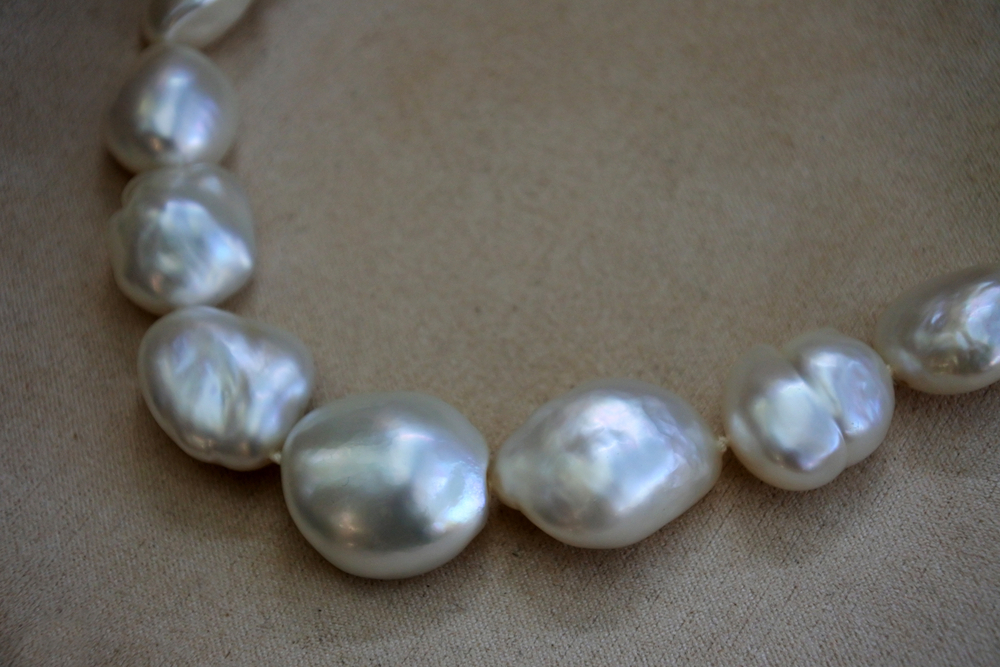
How To Take Care Of South Sea Pearls Jewelry?
South Sea pearls are valuable and delicate gems that require proper care to maintain their luster and beauty over time. Here are some tips for taking care of South Sea pearl jewelry:
- Avoid exposure to chemicals: Chemicals found in perfume, hairspray, and other beauty products can damage the surface of South Sea pearls, so it’s important to apply these products before putting on your pearls. You should also avoid exposing your pearls to household chemicals, such as cleaning agents, as these can be even more harmful.
- Store properly: South Sea pearls should be stored separately from other jewelry to prevent scratches and further damage. They should be kept in a soft pouch or wrapped in a soft cloth to prevent them from rubbing against other jewelry.
- Clean gently: To clean your South Sea pearls, gently wipe them with a soft, damp cloth. Avoid harsh detergents or abrasive materials, as these can scratch the pearls.
- Wear with care: When wearing your South Sea pearl jewelry, avoid exposing it to extreme temperatures or sunlight, as this can cause the pearls to discolor or become damaged. You should also remove your pearls before engaging in activities such as swimming or exercising, as the sweat and chemicals in these environments can damage the pearls.
- Get regular check-ups: To ensure that your South Sea pearl jewelry remains in good condition, it’s a good idea to have it checked by a professional jeweler every year. A jeweler can inspect the pearls for damage and make any necessary repairs or adjustments.
Following these tips can help ensure that your South Sea pearl jewelry remains beautiful and valuable for years.
FAQ
Are South Sea pearls the same as Tahitian pearls?
South Sea pearls and Tahitian pearls are different types of pearls. South Sea pearls come from the Pinctada maxima oyster and are typically larger and have a golden color. In contrast, Tahitian pearls come from the Pinctada margaritifera oyster and have a darker color range.
What is the difference between natural and cultured South Sea pearls?
Natural South Sea pearls are formed without human intervention. In contrast, cultured pearls are created by inserting a small bead into the oyster to stimulate the production of a pearl. The vast majority of South Sea pearls on the market are cultured, as natural pearls are extremely rare and valuable.
What is the best color for South Sea pearls?
The best color for South Sea pearls depends on personal preference and the type of jewelry being created. However, natural golden South Sea pearls are generally the most valuable and sought after due to their rarity and beauty.
Are South Sea pearls expensive?
Yes, South Sea pearls are some of the most expensive on the market due to their rarity and the high cost of cultivation.
Can South Sea pearls be worn every day?
While South Sea pearls are durable gems, they should be treated with care and not subjected to excessive wear and tear. It’s best to reserve them for special occasions and to take them off when engaging in activities that could damage them.



